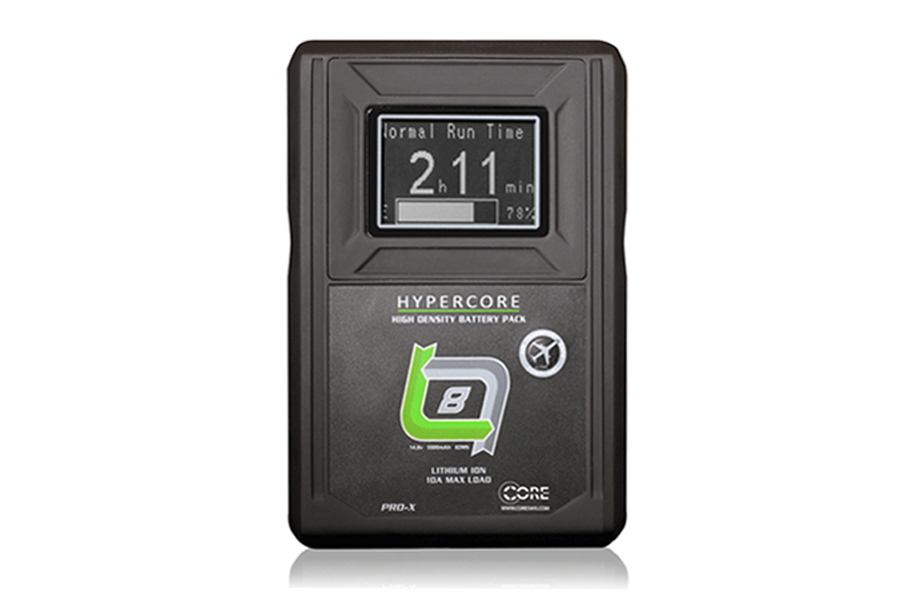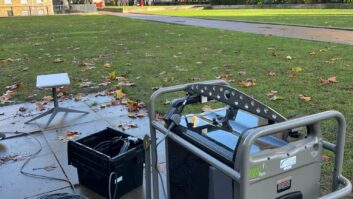
Travelling with your rig is a necessity for those who work on-location. With the ever-changing air safety regulations, it’s hard to keep up in terms of what you can bring with you. An important and often cumbersome factor on-location, when remote, is having enough power. Here is an overview of how to properly travel with your lithium ion (Li-Ion) batteries.
As of earlier this year, new air safety regulations require that all Li-Ion battery packs must be at or below 30 per cent charge when flying. Once you couple this with the already established size limits of 8g of equivalent lithium per battery, which is a maximum capacity of 98Wh (watt hours), travelling with power solutions for those in the cinematography and broadcast fields can become a hassle.
For remote production, if you use a heavy-power draw camera such as a RED or ARRI, your power solution options become severely limited. Cameramen and women for remote productions are met with the dilemma of either finding other modes of shipping and transportation, which can be costly and time-consuming, or bringing lower draw batteries, which can negatively affect a shoot in terms of opportunities missed by either switching or recharging the batteries.
So how can someone ship quality batteries to a remote shoot with such heavy restrictions on how to travel with them? Luckily the camera support solution industry is adapting to help the end user.
One such way is that batteries can now be shipped in two 98Wh ‘pieces’ that can be separated to meet all travel regulations. All users have to do is carry the separate pieces with them until they are ready to shoot. They can then simply snap the pieces together to form one high-draw power option. Once combined, they form a higher draw battery to power the camera systems longer and more efficiently. Time is not lost changing batteries or switching out lower Wh solutions.
Also, batteries are now featuring and shipping in what is known as a ‘storage mode’ to meet the 30 per cent charging requirement. Storage mode reduces the chance of the battery being delivered in a fully depleted state of charge, which can also reduce its service life. When activated, it immediately lowers the batteries power to 30 per cent or lower to meet regulation. Due to this demand, many power options are now available with this option. Whether shipping a new battery or travelling with an existing one, all that needs to be done to ‘wake up’ the battery after it is in stored mode is to fully charge it or hold down the power or LCD button.
Lastly, how the battery is packed can also affect its performance. Each battery should be packed individually and separated from its associated device. When packing for air travel, there should be cushioning material between spare batteries to prevent them from damaging each other. When selecting packaging material for the battery, it should be non-conductive and either be in the original retail packaging, a plastic bag, a battery case, or you can tape the battery terminals.
The power solution industry is consistently finding ways to meet the ever-expanding rules for travelling with Li-Ion batteries. The key is to find a solution that encompasses all of the above specifications to make air travel as easy and seamless as possible. For the very latest in air safety regulations, always check the FAA regulations as well as the specific airline that you are travelling with for any unique requirements before heading out to your next gig to ensure that all of your gear arrives safely.
By Mike Dolan, staff engineer, Core SWX







